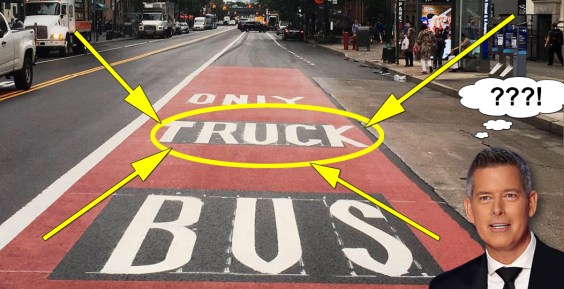The House is poised this week to take up the so-called "cash for clunkers" bill, which aims to boost the slumping U.S. auto market by giving out tax credits of $3,500 and up to anyone who trades in a gas-guzzling car for a more efficient model.
 Sen. Dianne Feinstein (D-CA) is backing a stronger version of "cash for clunkers". (Photo: Out in Hollywood)
Sen. Dianne Feinstein (D-CA) is backing a stronger version of "cash for clunkers". (Photo: Out in Hollywood)The plan was originally touted as environmentally friendly, given that it would theoretically encourage the use of more fuel-efficient vehicles, but it has long since morphed into a thinly disguised gift to the auto industry. The "cash for clunkers" deal that the House will vote on, sponsored by Rep. Betty Sutton (D-OH), offers money to truck drivers who improve their ride's fuel economy by as little as 1 mile per gallon.
The likely passage of Sutton's bill this week could be bad news for a stronger "cash for clunkers" plan that's being promoted by Sen. Dianne Feinstein (D-CA), who displayed welcome candor last month in calling the Sutton plan "the auto industry's version" of "cash for clunkers" and "unacceptable" to American drivers.
Feinstein's proposal would require drivers to achieve a 25 percent fuel-efficiency increase before receiving a tax credit for ditching their clunkers. But Michigan Sen. Debbie Stabenow (D) is pushing for a trade-in tax credit that's very similar to Sutton's -- truck owners would only have to increase their fuel efficiency by 2 miles per gallon to be eligible.
The requirements for car trade-ins aren't much better under the Stabenow and Sutton plans, with a mere 4 mpg increase in fuel economy triggering the $3,500 tax credit.
If Sutton's plan wins House approval this week, Stabenow's Senate counterpart could potentially get a leg up over Feinstein's.
Meanwhile, the larger question of whether the whole idea of "cash for clunkers" makes sense is getting much less attention than it should. The Obama administration continues to support Sutton's effort, despite the fact that it would give drivers new incentive to buy trucks getting as little as 20 mpg and cars getting 22 mpg. Doesn't this risk undercutting the president's plan to force trucks to reach an average of 30 mpg and cars to reach 39 mpg by 2016?





